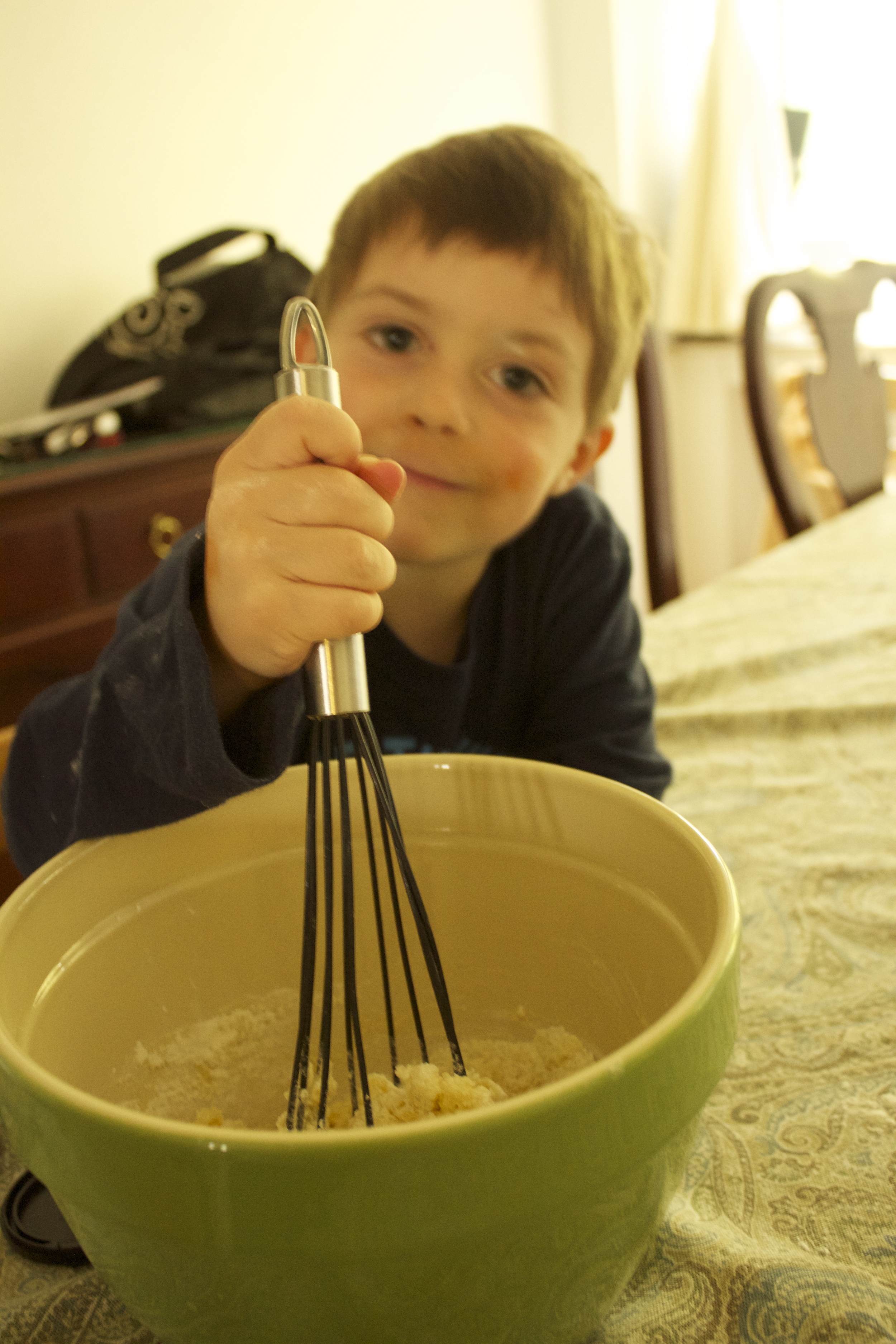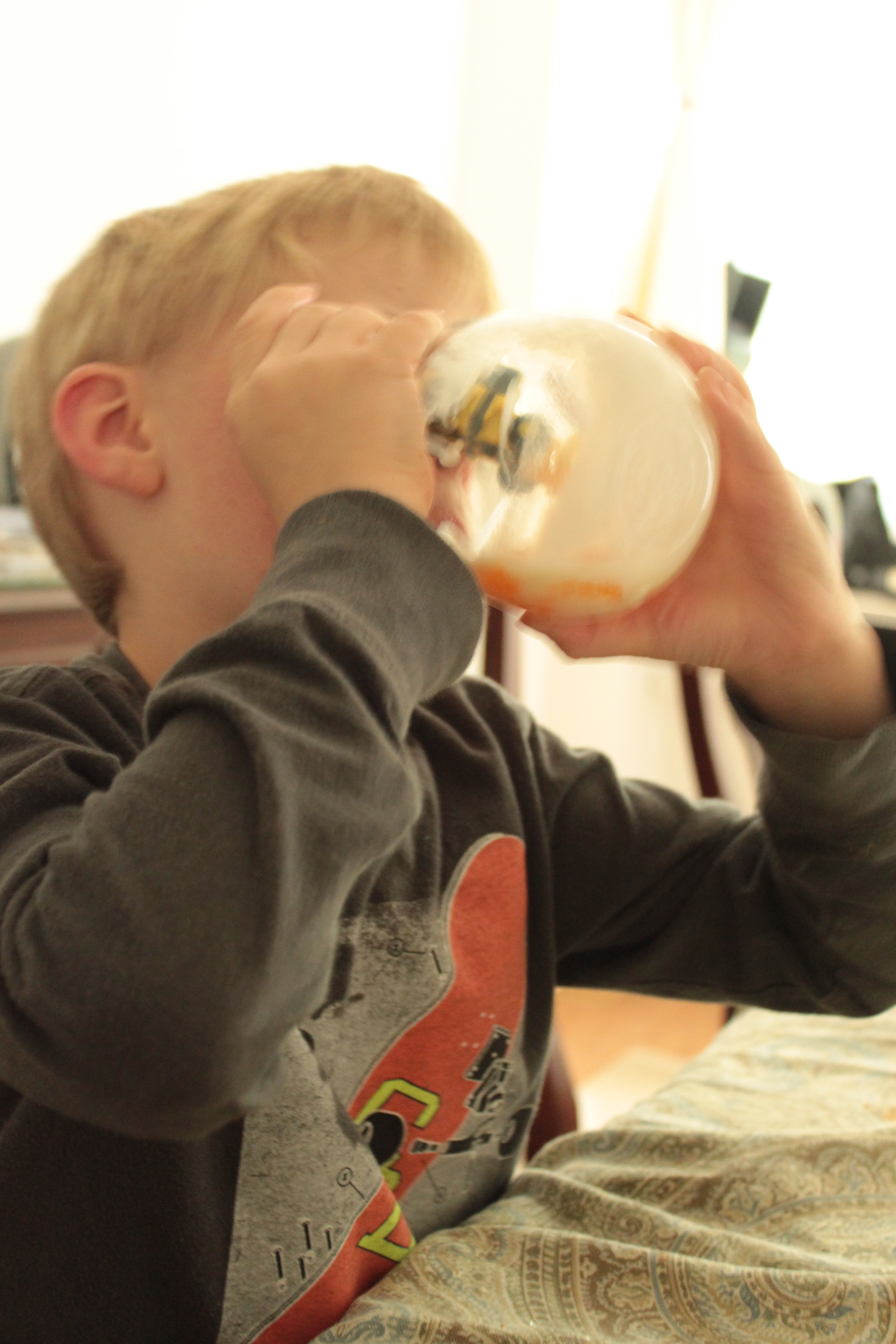Reformation Day
For many Protestants, particularly Lutherans, Reformation Day is one of the most important holidays, next to Christmas and Easter. Reformation Day is celebrated on the last Sunday in October and honors the beginning of the Reformation, commemorating Martin Luther's posting of ninety-five theses at the entrance to the Castle Church in the town of Wittenberg, Germany, in AD 1517.
Luther, an Augustinian monk, doctor of theology, and resident of Wittenberg, is considered by Protestants to have rediscovered the fundamental tenants of Christian faith, thereby setting the stage for a confrontation within the Church that would eventually lead to the Reformation. Reformation Day also celebrates the religious, social, and political changes brought about by the Reformation.
I found a site that listed the 95 theses here.
For our craft we made little hammers. The kids selected corks from the giant stash I have managed to save over the years and popsicle sticks from my recycle cabinet. I cut a slit through the corks for them and they slid the sticks through to make a hammer. Then they decorated as they wished. When finished they were ready to be little Martin Luthers, or as they prefered, Thor.
Corks and sticks
Carefully cutting the cork
Hammer almost done.
Posing away with his finished product.
For Reformation day food I decided to make a German dish since Martin Luther was from Germany. If your kids are like mine, they love sweet fruits and bacon. So I decided to give this traditional German soup a try. I had thought about doing spatzle because everyone loves noodles- but thought this soup sounded more adventurous. Turns out I should have stuck with Noodles:) My oldest wouldn't even touch it, but happily ate the left over bacon. My adventurous middle child tried it and gave a large yuck! The baby picked out the bacon and ate. So the real story here is that we are genetically all in favor of bacon but this soup was a no go for us. To be fair I did not totally follow the directions. Boiling bacon for 2 hours was not in our time frame so if I had done that rather then pan fry and add drippings to the water maybe some things would have come out differently- if you manage to have a tasty outcome let me know where I went wrong!
Nordfriesische Birnensuppe
Ingredients (Serves Four)
- 400g smoked bacon
- 500ml water
- 500g pears
- 100g raisins
- 500ml buttermilk
- 2 tablespoons flour
- 3 tablespoons sugar
Method
Bring the water with the bacon to boil, cover and cook for two hours. Peel the pears and remove their cores, then slice them into rings. Remove the bacon from the water, add the pears and raisins and let them cook for about ten minutes. Meanwhile, mix the buttermilk, flour and sugar. Pour into a pot and heat while stirring, then add to the pears and raisins and let them steep for another ten minutes. Cut the bacon into four pieces, put them on four bowls and pour the hot pear soup on top.
Started out promising bacon and pears.
Look at the kids face- he can barely hold it:)
I suggest bratwurst or spatzle for your German food for reformation day, but at least our craft was super easy and a crowd pleaser. Thanks for reading!






















